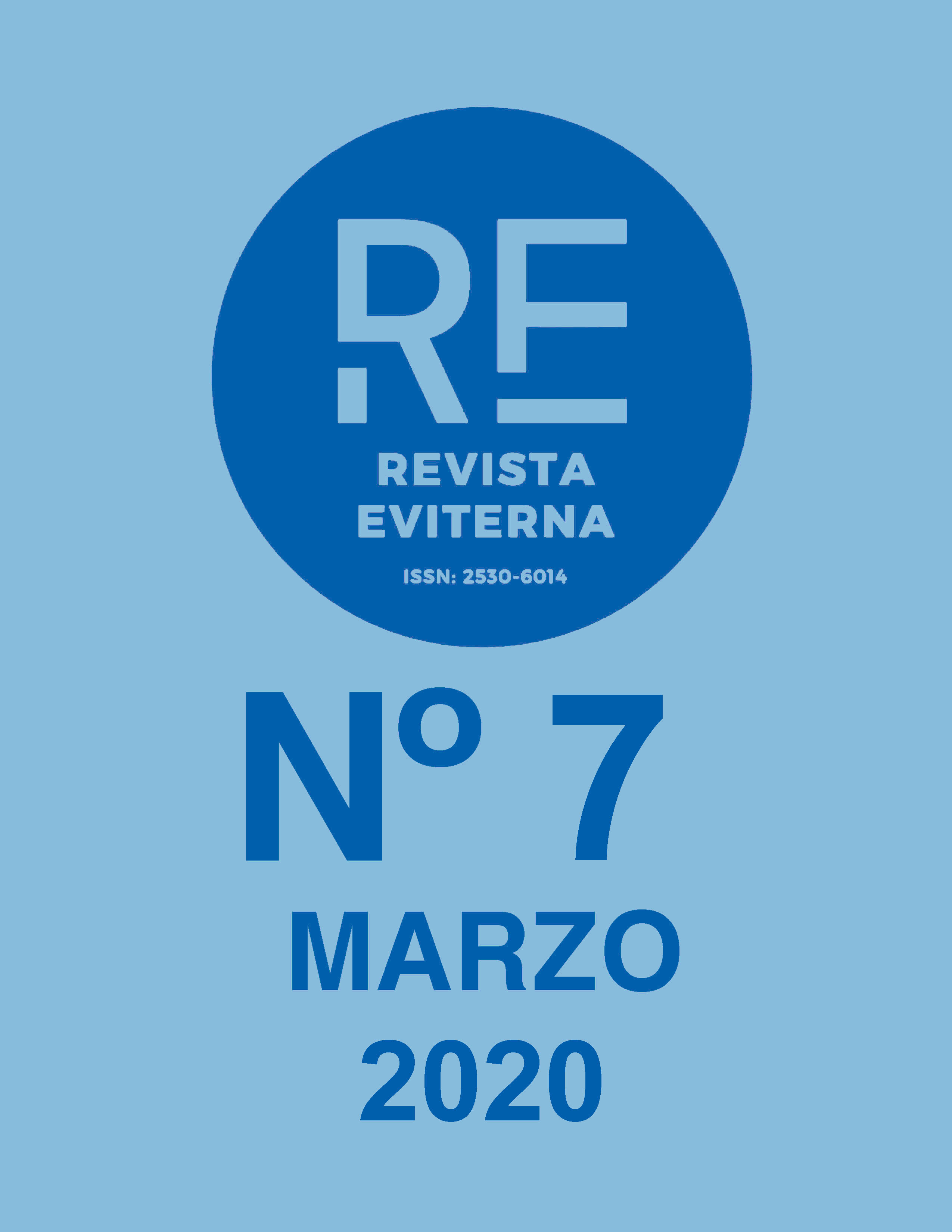Mythological roots in the iconography of the Sleeping Beauty. The case of Walt Disney’s Sleeping Beauty
DOI:
https://doi.org/10.24310/Eviternare.v0i7.8390Keywords:
Iconography; Mythology; Fairytales; Disney; SleepingAbstract
Sleeping Beauty is a story we can all tell. A cursed princess who pricks herself and falls into a deep sleep until her prince wakes her up. But, like all stories, she has evolved into this form. If we trace its origins, the first time it was put down on paper was in the 13th century. Later, in the 14th century, three more versions were added. In the 17th century Giambattista Basile popularized it, but in that same century Perrault adapted it to his own way and in the 19th century the Brothers Grimm simplified it.
Through all these forms there remains an essence, a common narrative, some characteristic elements that allow us to identify this story as the same one. And in them we can see the mythological nuances appearing, sometimes in something as subtle as the names, and sometimes in something as evident as the presence of a mythological god.
The stories have been analyzed from different disciplines: from linguistics, anthropology, philosophy and even religion, among others. In this article we will start from two key methodologies: firstly, we will apply comparative mythology (whose main representative is Max Müller) to compare the different versions of the stories, as well as the myths with which we relate them. Finally, we will use the iconographic method of Art History, paying attention to the primary sources to explain the presence of an icon or element in the artistic work analyzed.
This is the procedure of this article: to break down the primary sources in order to fully understand their presence in the Walt Disney audiovisual.
Downloads
Metrics
Publication Facts
Reviewer profiles N/A
Author statements
Indexed in
-
—
- Academic society
- N/A
- Publisher
- Universidad de Málaga
References
Anderson, Graham (2000) Fairytale in the ancient world. Routledge: London.
Basile, Giambattista (2006). Pentamerón o El cuento de los cuentos. Editorial Siruela: Madrid.
Bonavides, Enrique (1999). “Artemisa o el enigma de los límites” en COHEN, Esther (dir). De filósofos, magos y brujas.Barcelona, Azul Editorial, pp.12-16.
Bernárdez, Enrique (2018). Mitología nórdica.Alianza Editorial: Madrid.
Colombres, Adolfo (1997). Celebración del lenguaje. Ediciones del Sol: Argentina.
Eliade, Mircea (2003). Mito y realidad.Editorial Kairós: Barcelona.
Grimm, Jacob; Grimm, Wilhelm (2015).Cuentos completos 1.Alianza Editorial: Madrid.
Hernández de la Fuente, David (2015). Mitología clásica. Alianza Editorial: Madrid.
Perrault, Charles (2016). Cuentos completos.Alianza Editorial: Madrid.
Propp, Vladimir (2008). Las raíces históricas del cuento.Fundamentos: Madrid.
Grabaciones musicales o películas
Disney, Walt; Geromini, Clyde (dir.). (1959) Sleeping Beauty.USA, Walt Disney Pictures (75min.) [película]. https://www.imdb.com/title/tt0053285/
Downloads
Published
How to Cite
Issue
Section
License
All the contents published in Revista Eviterna are subject to the Creative Commons Reconocimento-NoComercia-Compartirigual 4.0 license, the full text of which can be found at <http://creativecommons.org/licenses/by-nc-sa/4.0>
They may be copied, used, disseminated, transmitted and publicly exposed, provided that:
The authorship and original source of your publication (Journal, editorial and URL of the work) are cited.
They are not used for commercial purposes.
The existence and specifications of this use license are mentioned.

Copyright is of two kinds: moral rights and patrimonial rights. Moral rights are perpetual, inalienable, inalienable, inalienable, inalienable and imprescriptible prerogatives.
In accordance with copyright legislation, Revista Eviterna recognizes and respects the moral rights of the authors, as well as the ownership of the economic right, which will be transferred to the University of Malaga for dissemination in open access.
The economic rights refer to the benefits obtained by the use or disclosure of the works. Revista Eviterna is published in open access and is exclusively authorized to carry out or authorize by any means the use, distribution, disclosure, reproduction, adaptation, translation or transformation of the work.
It is the responsibility of the authors to obtain the necessary permissions of the images that are subject to copyright.







12.png)



